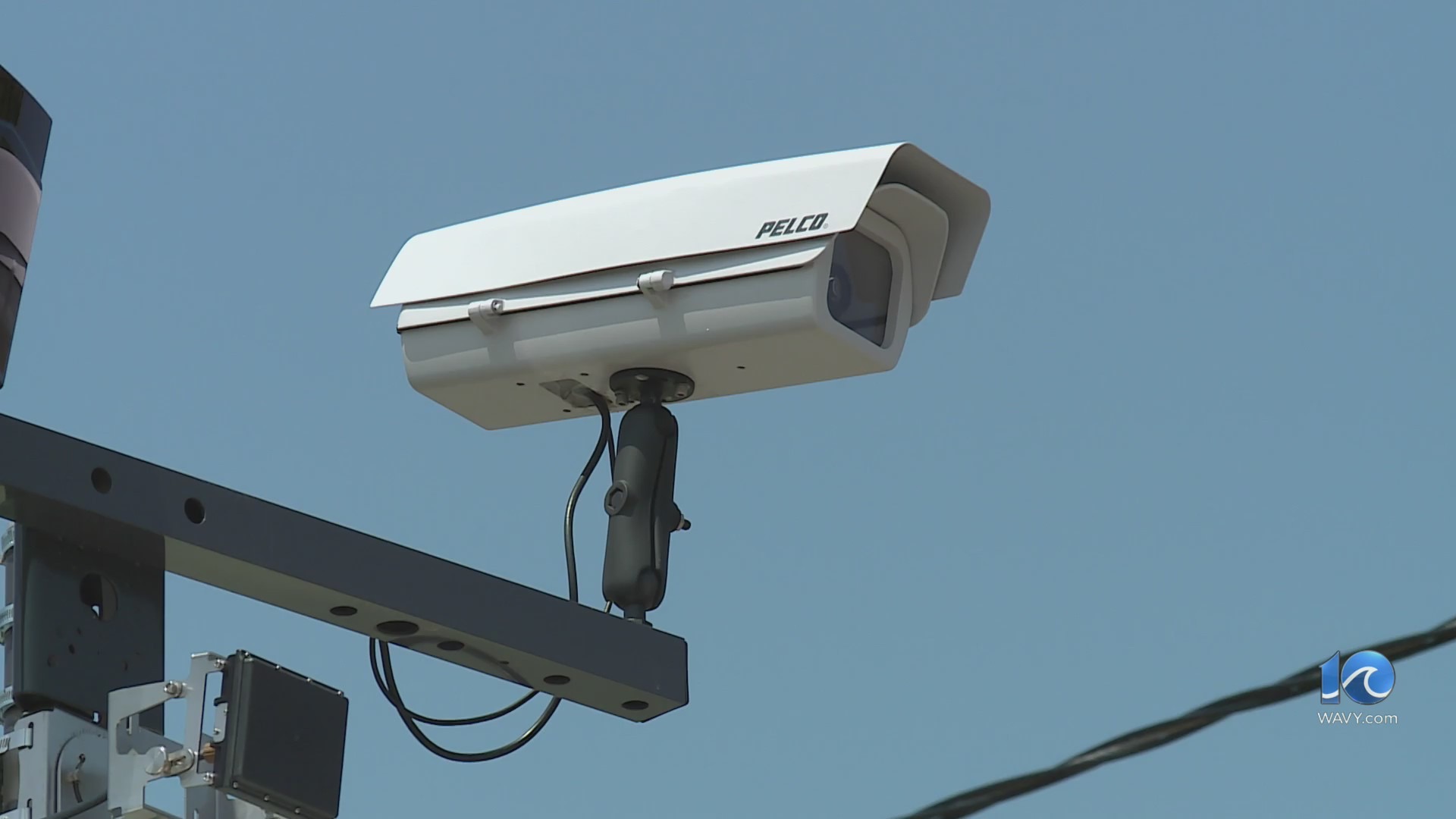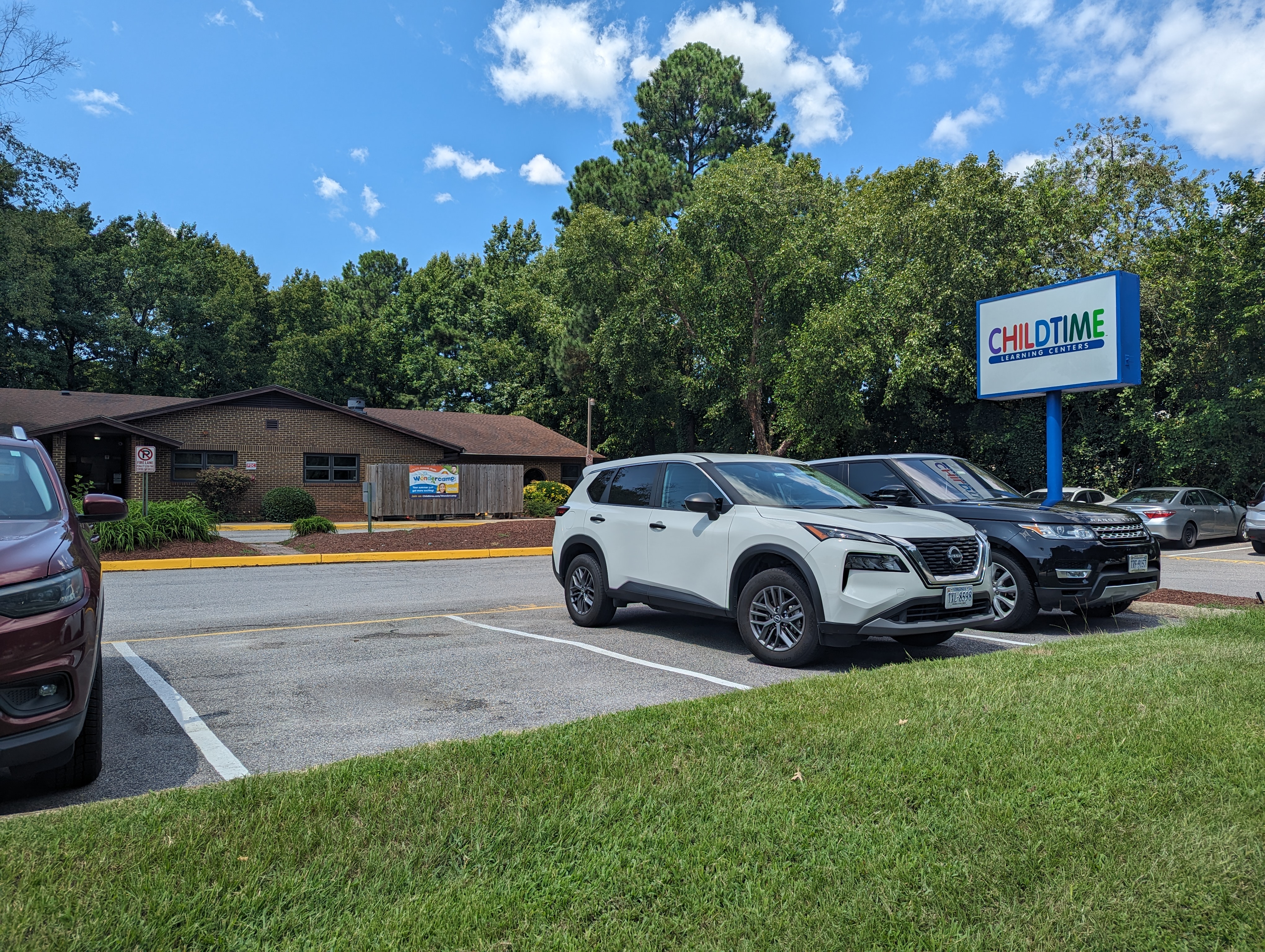LIMA, Peru (AP) — Utility workers excavating trenches to expand the network of natural gas pipelines in Peru’s capital have uncovered a pre-Inca mummy approximately 1,000 years old, barely half a meter (20 inches) from the surface.
The mummy had gone unnoticed despite urban development in a district of Lima where former agricultural fields have been converted into working-class neighborhoods in recent decades. Jose Aliaga, an archaeologist with utility Cálidda, on Wednesday said the unearthed mummy, found in a seated position and covered by a bundle, still has dark brown hair.
“We found remains and evidence that there could be a pre-Hispanic burial,” Aliaga said. He said workers made the discovery last week.
Lima, located in a valley irrigated by three rivers fed from the Andes, housed human civilizations thousands of years before the Spanish arrived in 1535. Now home to 10 million people, the city has more than 400 archaeological sites, most of which are intertwined with the current urban fabric.
“It is very common to find archaeological remains on the Peruvian coast, including Lima, mainly funerary elements: tombs, burials, and, among these, mummified individuals,” said Pieter Van Dalen, dean of the College of Archaeologists of Peru.
Van Dalen, who is not involved in the discovery, said mummies on the Peruvian coast are usually found mummified naturally, generally in desert areas, with the skin dehydrated by the summer heat. He explained that other unearthed remains have been found to have undergone mummification procedures for cultural reasons and are usually discovered in a seated position with their hands covering their faces.
Jesús Bahamonde, director of the archaeological monitoring plan of metropolitan Lima at Cálidda, said the mummy found last week would have belonged to a society of fishermen of the Chancay culture, which flourished between 1,000 and 1,470 AD.






